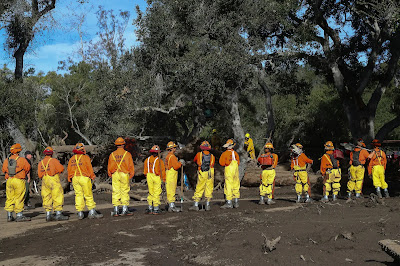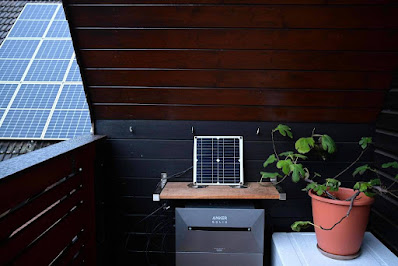Rising water temperatures began to turn the corals of One Tree Island reef white in early 2024. Photograph: Sydney University
More than 40% of individual corals monitored around One Tree Island reef bleached by heat stress and damaged by flesh-eating disease
More than 40% of individual corals monitored around a Great Barrier Reef island were killed last year in the most widespread coral bleaching outbreak to hit the reef system, a study has found.
Scientists tracked 462 colonies of corals at One Tree Island in the southern part of the Great Barrier Reef after heat stress began to turn the corals white in early 2024. Researchers said they encountered “catastrophic” scenes at the reef.
Only 92 coral colonies escaped bleaching entirely and by July, when the analysis for the study ended, 193 were dead and a further 113 were still showing signs of bleaching.
Prof Maria Byrne, a marine biologist at the University of Sydney and lead author of the study, has been researching and visiting the island for 35 years.
“Seeing those really massive colonies die was really devastating,” she said. “I have gone from being really sad to being really cranky. We have been trying to get the message across about climate change for ages.”
Shows mass coral bleaching on Great Barrier Reef amid global heat stress event
In November the Australian Institute of Marine Science visited eight reefs in the same Capricorn-Bunker sector of the reef. They found the single largest annual decline in hard coral cover in that area since monitoring started in the mid-1980s, with coral cover dropping by 41%.
Similar falls in coral cover were also recorded by Aims scientists in parts of the northern section of the reef, where one government scientist has described seeing a “graveyard of corals”.
Corals at One Tree Island reef have suffered also from a flesh-eating disease known as black band. Photograph: Sydney UniversityByrne and colleagues set up the study in early February last year. The team used temperature loggers, video and direct observations to track the welfare of 12 different types of coral.
The scientists wrote in the study: “As corals can recover from mild bleaching when water cools, there is a perception that while bleaching is bad, it is not necessarily catastrophic. What we observed at [One Tree Reef] was by contrast, catastrophic.”
One genus of coral – Goniopora, which is long-lived and forms large boulders covered by vibrant flower-like polyps – was observed bleached and then afflicted with a flesh-eating disease known as black band.
Byrne said it was the worst bleaching recorded at One Tree reef. The corals that were still white at the end of their study could recover, or could die, she said.
Dr Shawna Foo, a coral reef scientist at the University of Sydney and study co-author, has worked on the island for several years but said that after tracking the corals for five months “it was hard to recognise” many of the colonies, because they were either “covered with algae, dead or crumbling”
“It’s horrible to see this happen to somewhere I know really well but we were expecting this to happen because we have seen it in other parts of the reef, and other parts of the world,” she said.
March is usually the peak month for heat stress on the reef. The Great Barrier Reef Marine Park Authority said last week temperatures were currently up to 1.2C above average across most of the marine park.
Great Barrier Reef suffering ‘most severe’ coral bleaching on record – video
The US government’s Coral Reef Watch program is projecting parts of the reef, north of Cooktown, will be subjected to heat stress and potentially more widespread bleaching by mid-February.
Richard Leck, the head of oceans at WWF-Australia, said: “We are yet to see the full data about last summer’s coral bleaching, but it’s clear there has been major mortality in areas from the north and this new research shows major mortality in the south.
“The reef is under more heat stress this summer, especially in the north, and there’s a risk we could see another back-to-back bleaching event. It’s a case of Russian roulette whether that occurs or not.
“We know the reef is under increasing pressure from climate change and its world heritage status is under increasing pressure.”
The Australian government has been asked by Unesco to report on the condition of the reef by early next month, and Leck said it was “vital an accurate representation of the reef’s health is given, and new and increased efforts to protect the reef are committed to”.

.svg.png)























.svg.png)


















